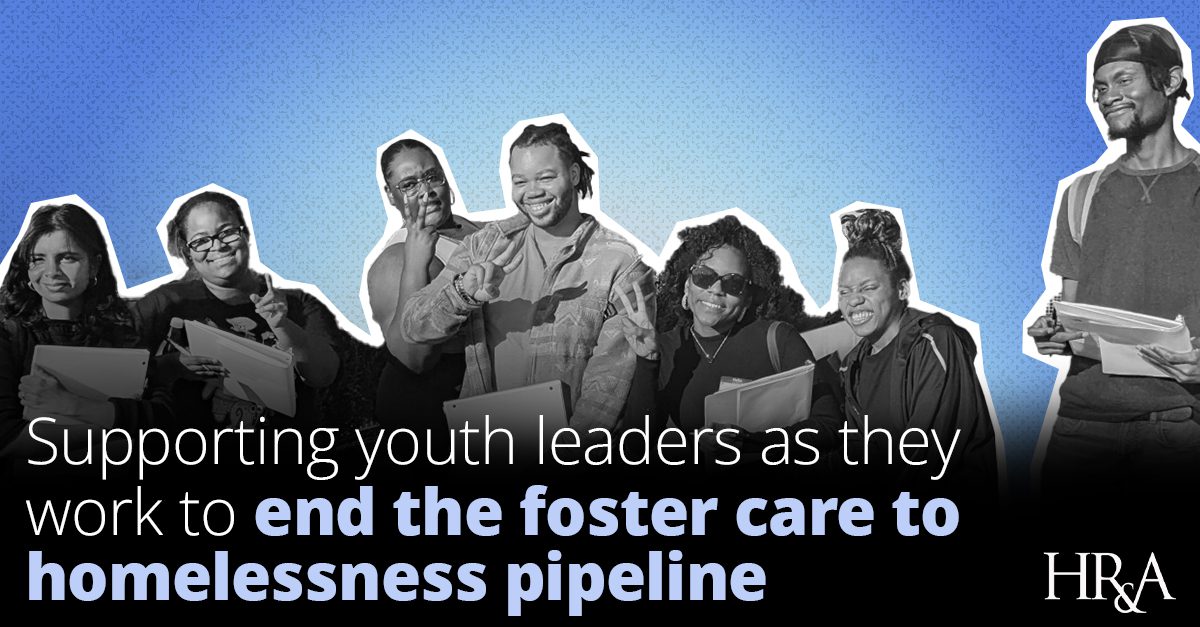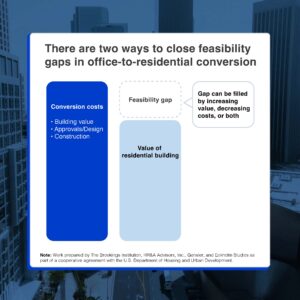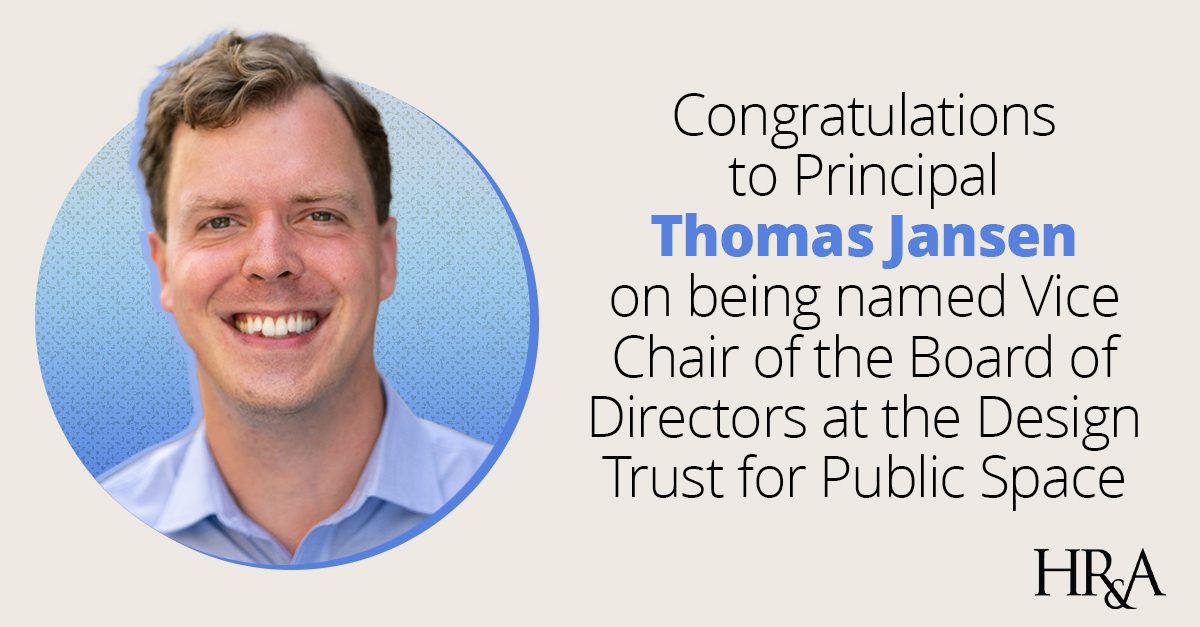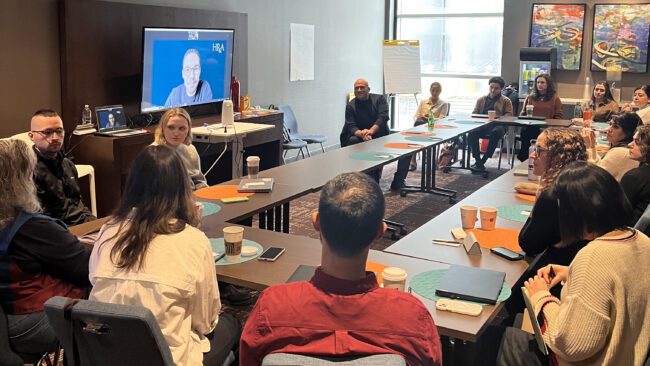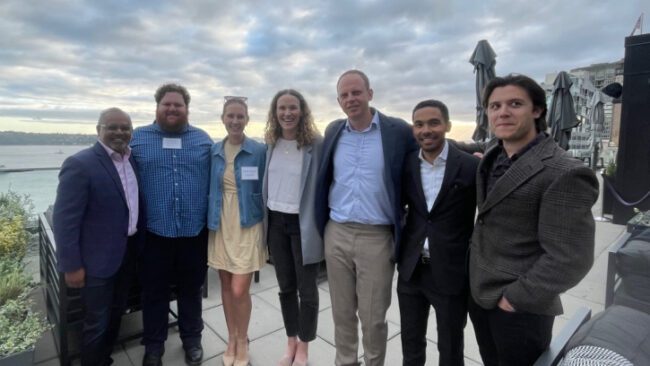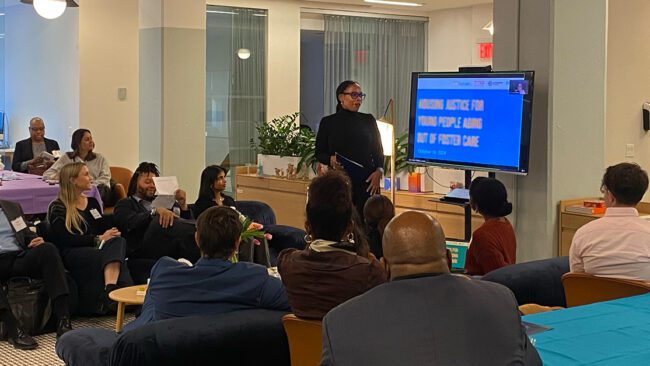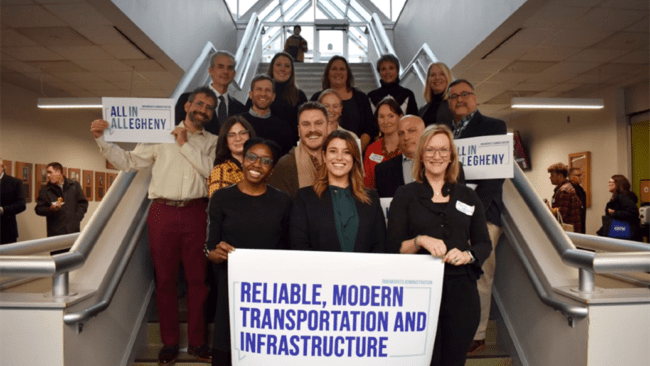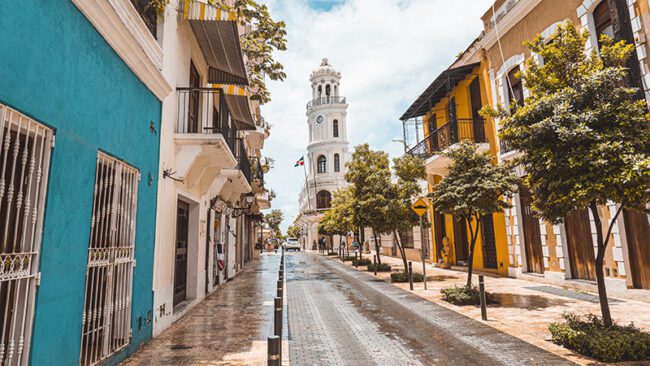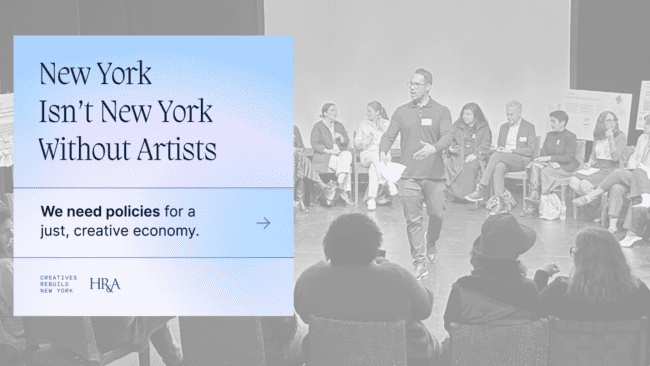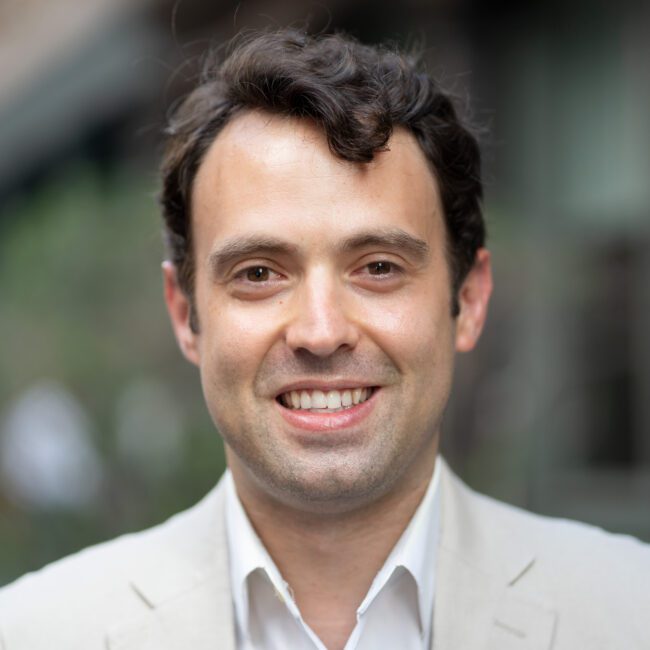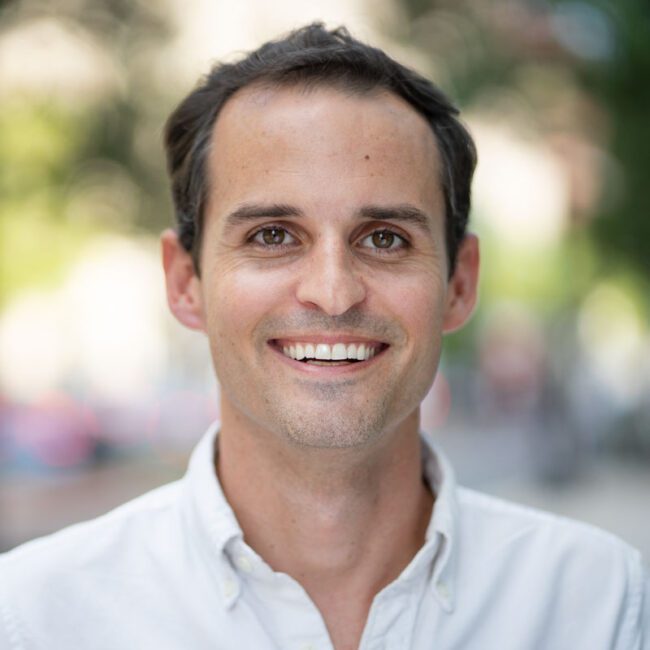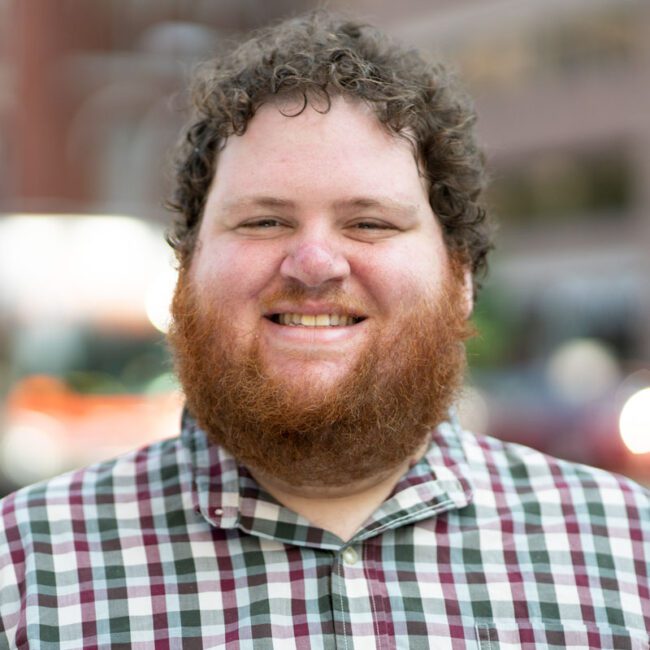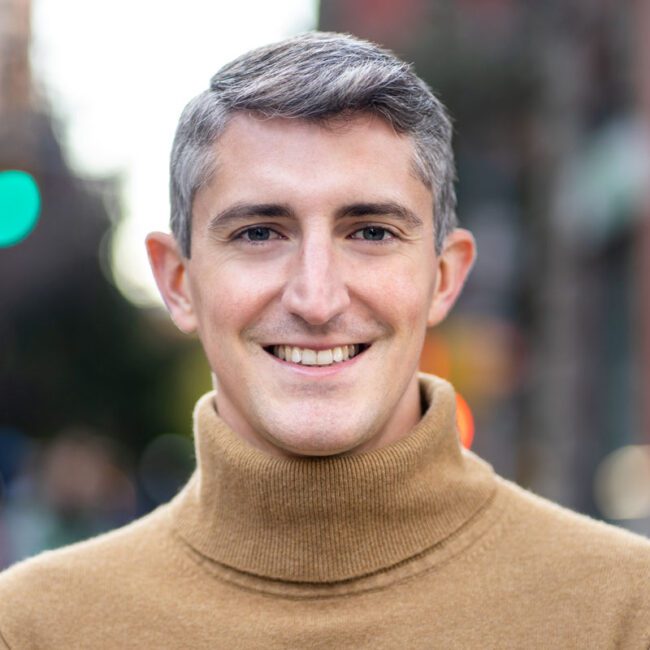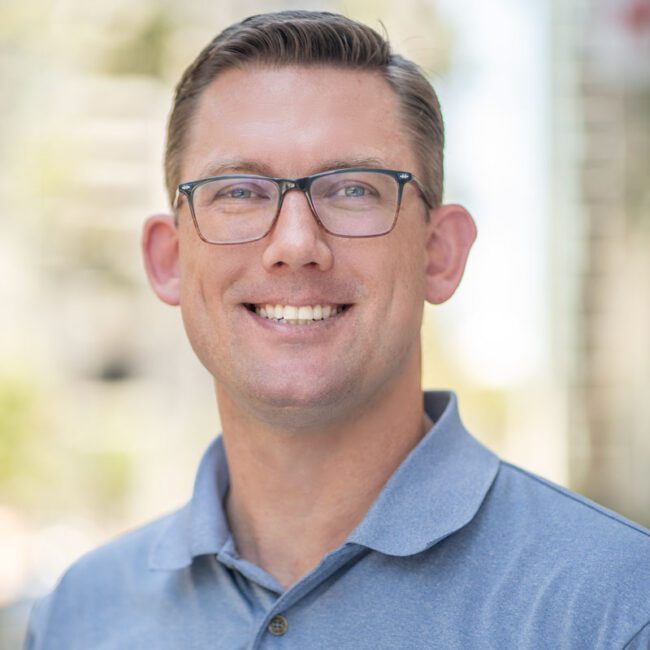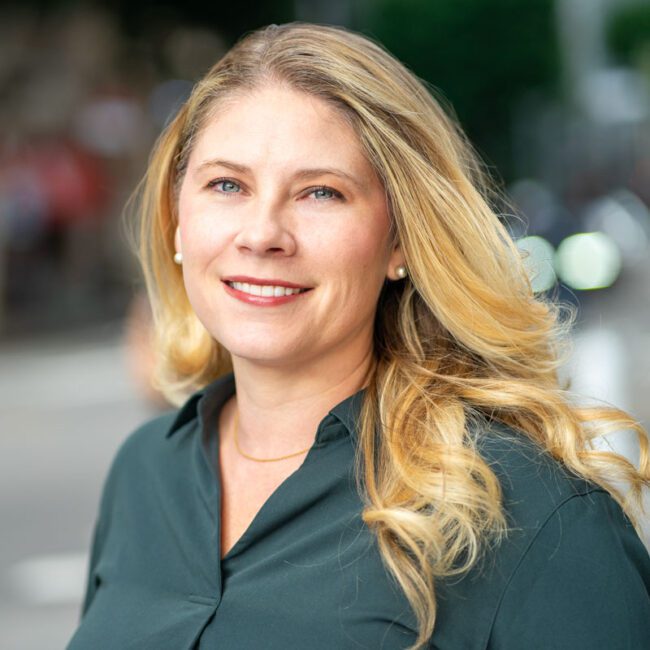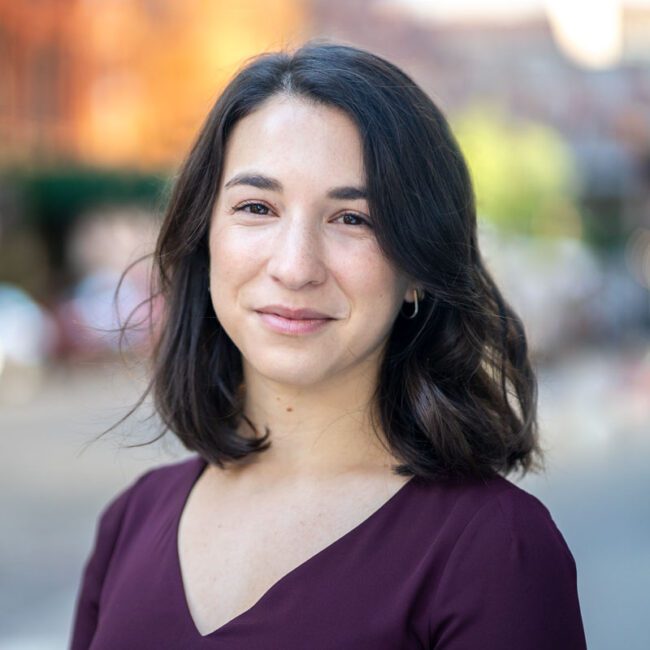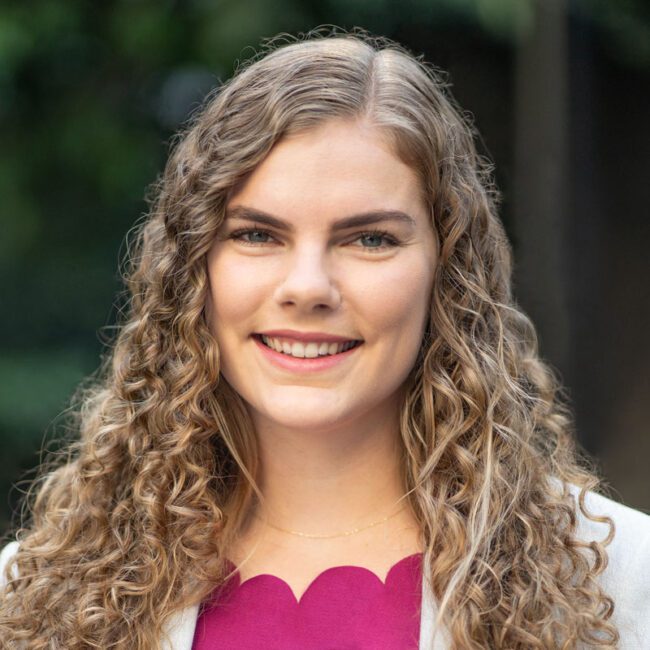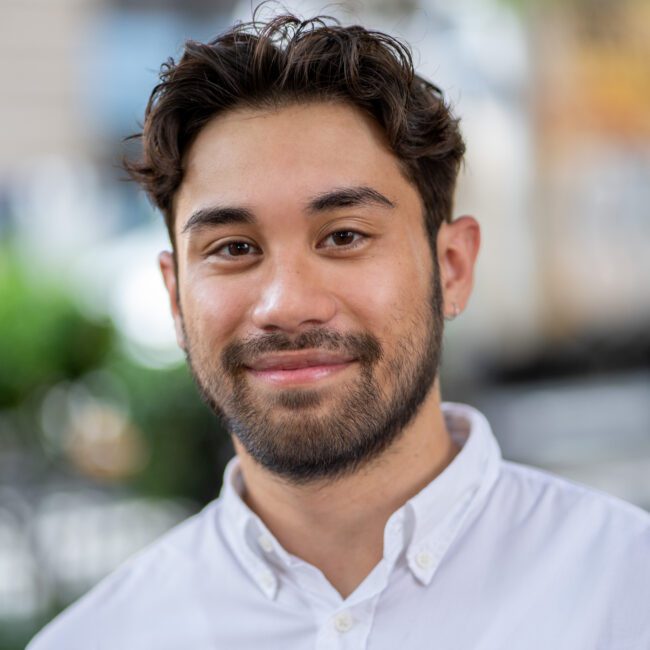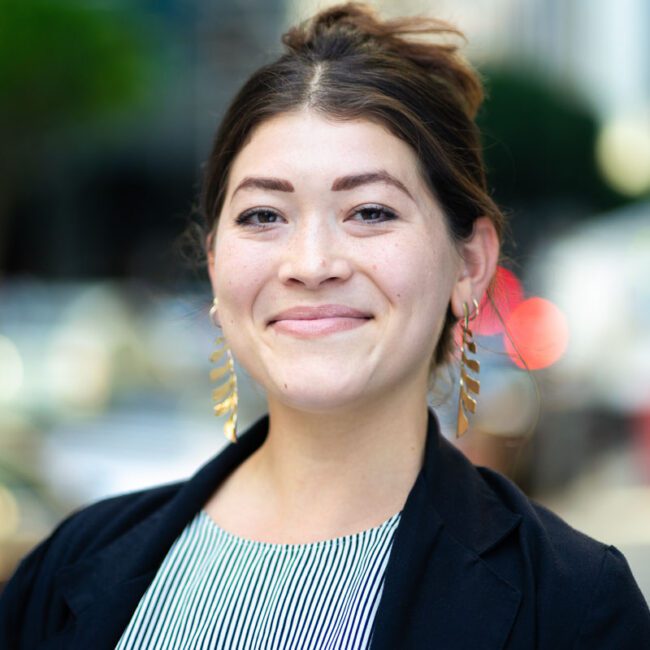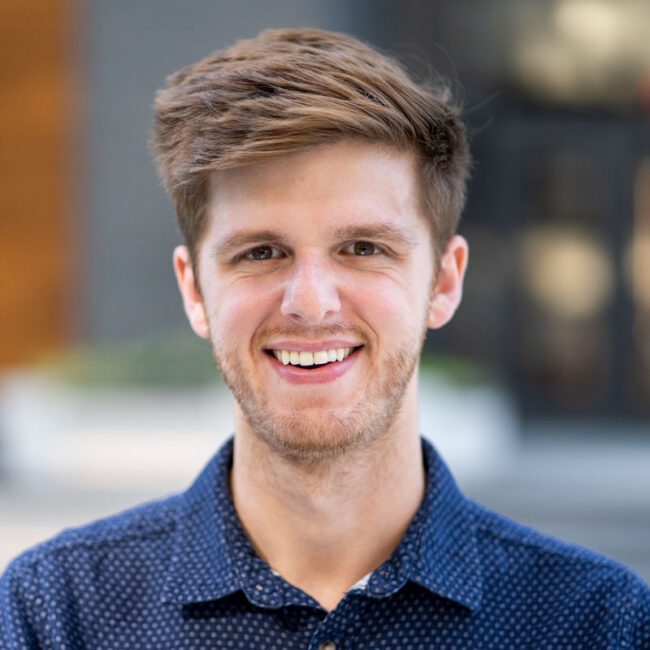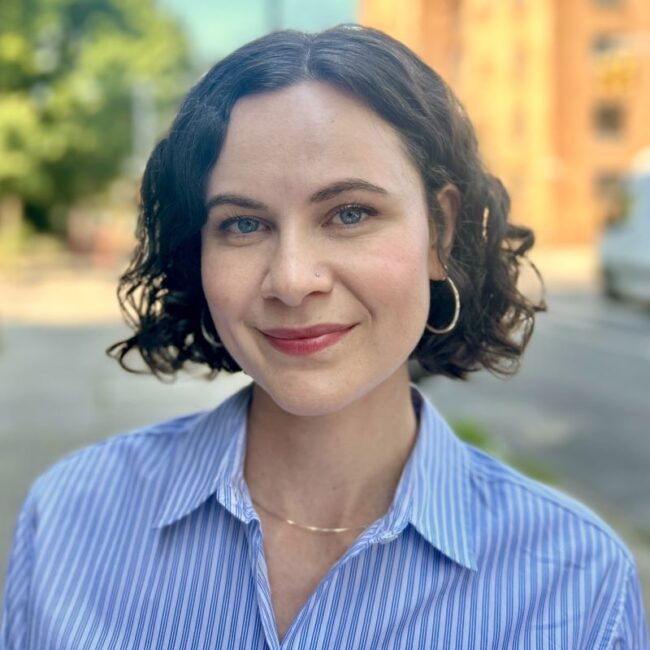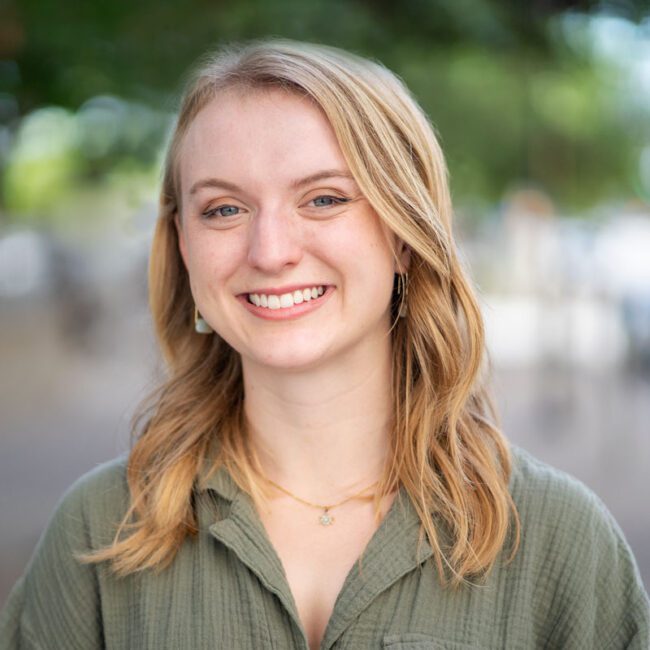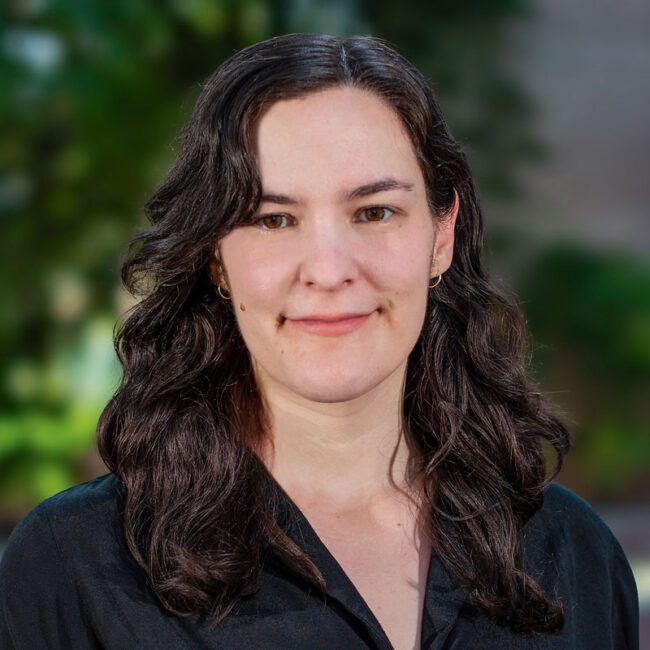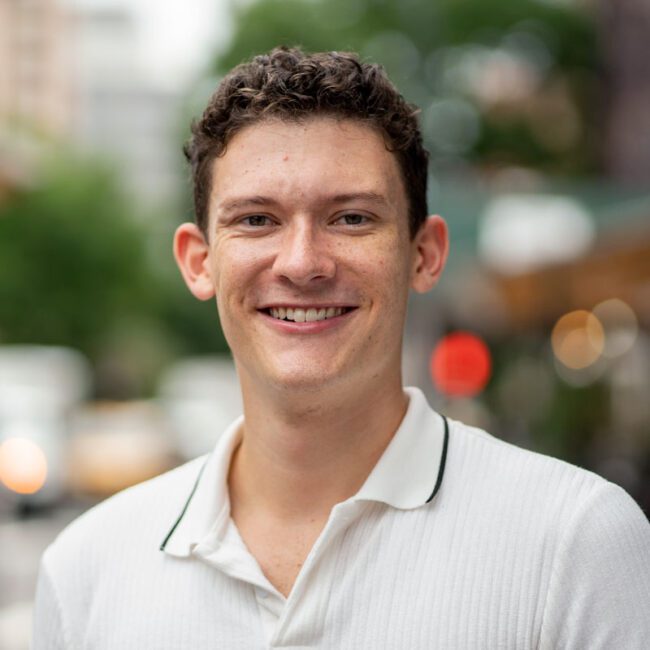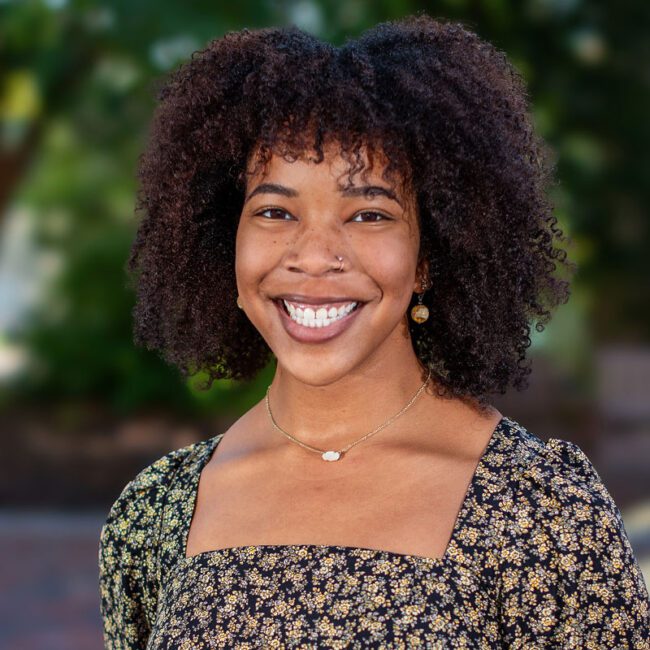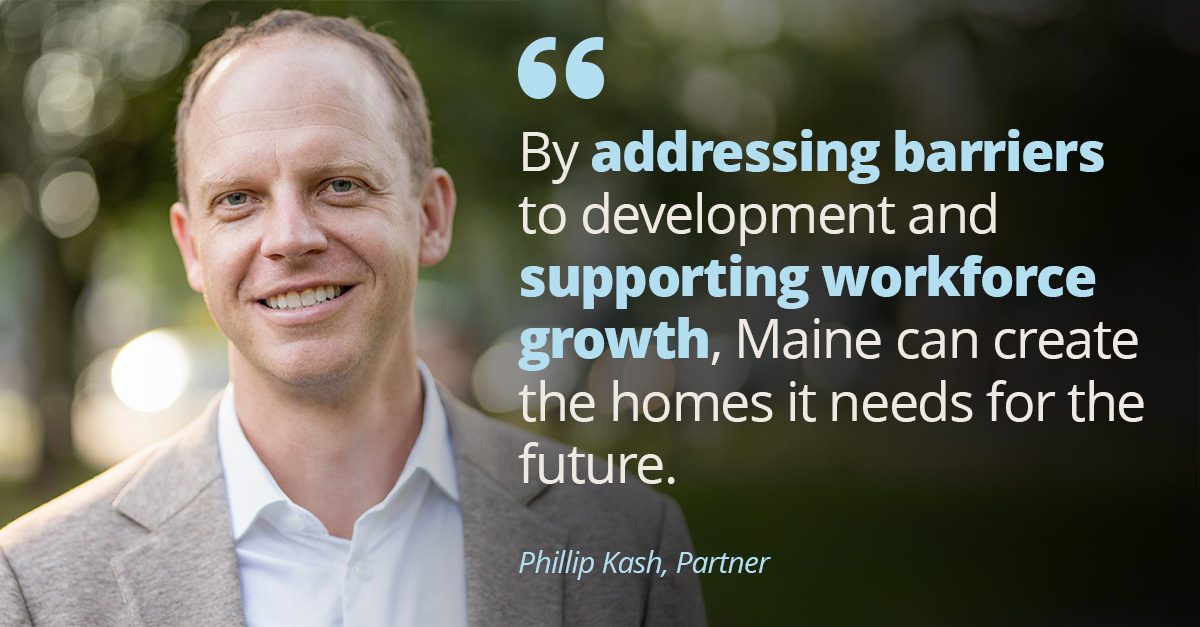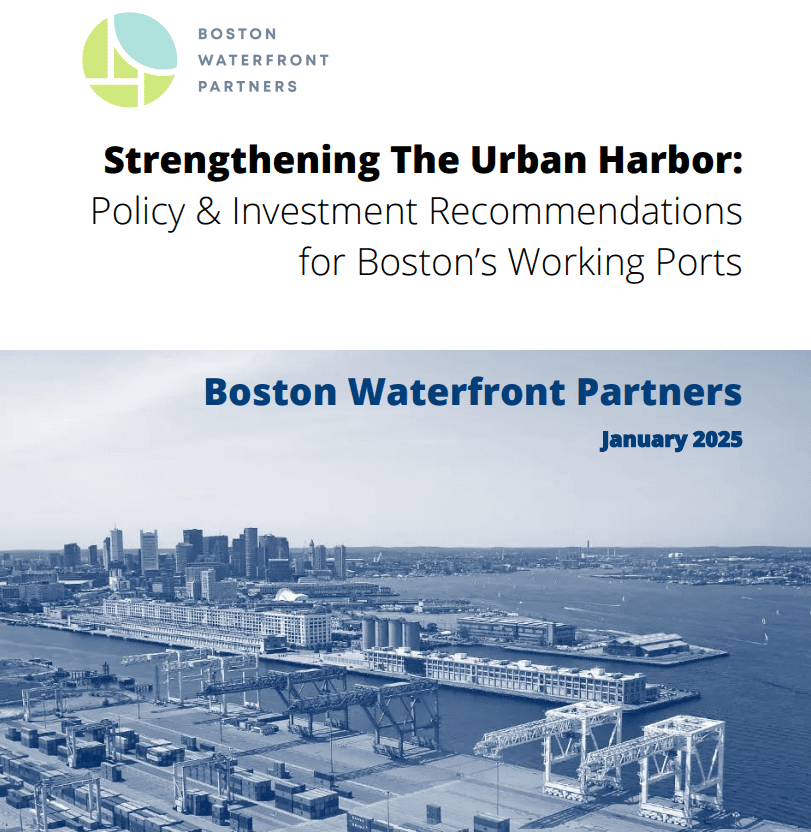This press release was originally issued by the Center for Fair Futures.
(New York, NY) – Thrust into New York City’s impossibly tight housing market, youth in and exiting foster care face extreme housing precarity and, too often, homelessness. A new report released today, Housing Justice for Young People Aging out of Foster Care in New York City, lays out a five-year plan to provide 800 new homes for youth exiting foster care. Its findings present an opportunity for policymakers, service providers, and mission-driven investors to come together to prevent homelessness for a uniquely at-risk population.
“Current and former foster youth, like I once was, struggle to find safe and stable housing in New York City,” said Anthony Turner, Director for The Center For Fair Futures’ Youth Advisory Board (YAB). “It’s time that stopped, and this report, led by young people impacted by the foster care system, shows us how to change the life trajectories of hundreds of young people aging out of foster care.”
National research has found that 31 to 46 percent of transition-aged foster youth had experienced homelessness at least once before they turned 26. In New York City, of the 429 youth who aged out of foster care in 2023, 31 percent had to stay in a foster or group home because they simply had no other housing options.
“The Center for Fair Futures is working toward a future where all young people are equipped and empowered to reach their highest potential,” said The Center’s Executive Director, Tracy Jenkins. “That future begins with the stability that high-quality housing provides.”
Buoyed by a successful advocacy effort in 2023, which secured over $30 million in annual funding for one-to-one coaching to assist New York City youth aged 14 to 26 in and exiting foster care, Fair Futures has partnered with three dedicated organizations to develop a comprehensive housing solution for all youth exiting care in New York City.
Alongside The Children’s Village, HR&A Advisors and Good River Partners, The Center for Fair Futures and its Youth Advisory Board developed Housing Justice for Young People Aging out of Foster Care in New York City. The Conrad N. Hilton Foundation provided funding to support the project.
A key part of the report’s findings was guided by the work of the Fair Futures Housing Design Fellowship, led by six youth leaders who struggled to find housing after leaving foster care.
“Each year in New York, young people aging out of foster care face limited housing options and often homelessness. This report, created by young adults with lived experience, outlines a 5-year plan for affordable housing for all youth exiting foster care. The Children’s Village is proud to support this initiative and advance its goals through our proven model of beautiful and affordable homes in desirable neighborhoods,” said Jeremy Kohomban, President and CEO of The Children’s Village.
The housing design fellows set a housing justice standard for transition-aged foster youth, wherein youth have affordable housing that promotes health, well-being, and upward mobility by confronting the harms and disparities caused by a lack of affordable housing in desirable neighborhoods.
With that definition of just housing in hand, HR&A Advisors, one of the nation’s preeminent real estate development and public policy consulting firms, modeled three opportunities to blend traditional, market-driven private investment with mission-motivated capital, generating returns of 4% – 6% for mission-aligned funders. Their research finds that through a mixture of private capital and policy change, there is a viable pathway to set aside – over five years – 800 homes for youth exiting the system, effectively ending the City’s foster care to homelessness and housing insecurity pipeline.
The report outlines ten steps the City of New York, the State, housing developers and operators, and mission-driven investors should take in 2025 to:
-
- Adopt crucial policy changes to take full advantage of every available tool and federal dollar to address the unmet housing needs of young people aging out of care.
- Leverage existing housing stock in New York City to meet the needs and desires of young people aging out of foster care, prioritizing apartments that adhere to the quality standards developed by the Fair Futures Housing Design Fellows.
- Design a Fair Futures Housing Fund, a new dedicated source of capital that will generate returns for investors while accelerating the development of housing that meets the quality standards developed by the Housing Design Fellows.
These, and the other recommendations embedded in Housing Justice for Young People Aging out of Foster Care in New York City, provide a clear roadmap for the City to dramatically curtail homelessness and housing insecurity among youth impacted by foster care.
“This is a solvable problem. We are grateful to the Housing Design Fellows, who have collectively lived in dozens of difficult situations and know firsthand that a safe, quality home can be life-changing. With policy changes and mission-driven private capital, there is a viable pathway to making sure that every young person aging out of care can access the home they need and deserve,” said Sarah Solon, Senior Principal and leader of HR&A Advisors’ nationwide work to end homelessness
“The number of young adults who end up homeless after aging out of the foster care system should be a resounding zero,” said New York City Comptroller Brad Lander. “With creative solutions and policy changes that set aside homes for young people exiting the shelter system, we can meet the needs of some of the city’s most vulnerable residents. I commend the people who used their experience struggling to find housing when transitioning out of foster care to make sure that the next generation aging out will not have to face those same challenges.”
“As someone who worked many years in social services, I understand that safe, quality housing is the foundation for a healthy and productive life,” said Assembly Member Manny De Los Santos from District 72. “I’ve seen firsthand the struggles our young people face especially those aging out of foster care as they try to secure stable housing while navigating so many other challenges. That’s why I’m committed to supporting efforts that expand affordable housing options and break the cycle of housing insecurity. We must invest in their futures.”
“Foster kids face numerous obstacles, however, homelessness shouldn’t be one of them,” said Assemblymember Linda B. Rosenthal (D/WF-Manhattan), Chair of the Assembly Committee on Housing. “No child should feel alone. Yet, far too many of our kids are forced to stay in untenable or undesirable living situations because of a lack of affordable housing. Housing Justice for Young People’s report is a blueprint on how to build a more inclusive future for New York’s youngest residents. I look forward to working together to create bold, much-needed change to ensure every child reaches their full potential.”
“New York City is facing an existential housing crisis and our youth is at the brunt of this issue,” said Council Member Rita Joseph, Chair of the Committee on Education. “Now more than ever holistic approaches are needed to better support and guide our youngest and most vulnerable New Yorkers to gain access to housing. This report provides a bold vision to address the housing issue in New York City that is affecting our youth and signals a strong message of restoring dignity and equity. I remain committed to championing affordable, equitable and accessible housing for foster youth across our city.”
About the Partners
The Center for Fair Futures
The Center for Fair Futures is a youth-led advocacy movement and coalition of 100+ organizations and foundations advocating for all young people in New York City’s foster care system to have access to the long-term, comprehensive supports they need to achieve their potential.
The Center for Fair Futures Youth Advisory Board (YAB)
The YAB is composed of 17 young adults impacted by the child welfare system in New York City. The YAB is dedicated to advocating for New York City’s foster youth, so they have the supports they need to thrive. In 2023, the Fair Futures Youth Advisory Board was successful in securing and baselining a $30.7 million annual investment from the City of New York, making NYC the first in the nation to support young people in foster care through age 26 with public funding. Youth, beginning at age 14, have access to a coaching program that provides 1:1 coaching and tutoring to help young people achieve their academic, career development, and independent living/life goals from 9th grade through age 26.
The Children’s Village
The Children’s Village (CV) is committed to the wellbeing of children, teens, and families by advocating for, strengthening, and reuniting families; building community partnerships; creating innovative programs; and connecting people to resources that focus on basic needs and human rights.
With nearly 175-year history of caring for children and families, CV’s mission and impact are carried out through several focused strategies: prevention of child and family separation; temporary care and treatment for youth who cannot remain with family; support for youth development and transition; and our wide array of community investments that includes crisis response and model housing development.
The Children’s Village has pioneered several projects that bring to life the quality standards developed by our Housing Design Fellows. In the summer of 2024, the nonprofit opened the doors of the Eliza, a 14-story, deeply affordable housing development in the desirable, racially integrated community of Inwood, Manhattan, available to all, including young people aging out of foster care.
HR&A Advisors
HR&A Advisors is a mission-driven, employee-owned firm that advises public, private, non-profit, and philanthropic clients to help them create vital places, build more equitable and resilient communities, and improve people’s lives. Across the country, HR&A works with partners inside and outside of local government to shape, scale, and sustain solutions to homelessness. HR&A’s work to end homelessness is a partnership between our Affordable Housing and Inclusive Cities practices. HR&A’s Affordable Housing Practice creates funds, plans, policies, programs, and strategies that address local needs and priorities, align community goals with market conditions, and advise clients to build and preserve affordable housing. HR&A’s Inclusive Cities practice translates the ideas of communities and their advocates into meaningful systems change within local government. Working with visionary clients from grassroots activists to elected city and county leaders, we leverage our deep understanding of government, knowledge of local and private economic forces, and analytical rigor to promote social and economic justice.
Good River Partners
Good River Partners is a public benefit firm focused on ending the foster care to homelessness pipeline nationally. To accomplish this mission, Good River is working to finance and scale the development and acquisition of high-quality housing for youth in and exiting foster care.
